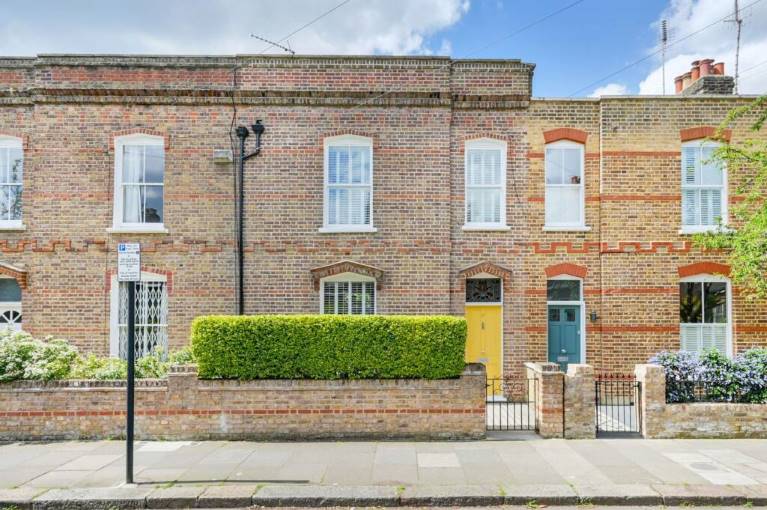City exodus ends as Londoners look local
In August 2021, we saw as many as 46% of London home-movers looking to leave the city when making their next move. But this figure has now dropped to only 32% looking for their next home outside the capital. Similarly, we’ve seen an increase in the number of people looking to move into London, who don’t already live there.
There are seasonal trends in the housing market, and, by looking at our real-time data, we see these playing out first-hand. But during the pandemic, we saw shifts in the patterns we normally see from home-movers, that continued to play out long after lockdown measures were lifted. Many movers looked to more rural towns and the countryside, and the ‘race for space’ was a big motivator when looking for where to move to next.
Multiple factors inspired home movers to look further outside cities. During 2020, people looked for more space outside of urban areas, along with easier access to nature. And many were working in a hybrid or fully remote role for the first time, so were no longer tied to travelling into London, or other major cities or business hubs.
But we’ve started moving back towards the trends we saw pre-2020. The number of home-movers already living in London and looking to stay in the capital is now back to the levels we saw before the pandemic started.
Our property expert, Tim Bannister, says: “Given the gravity of changes we all experienced during the pandemic, it may not be surprising that we’re still feeling its effects on the market now, with some trends still heading back towards pre-pandemic levels. Many factors, such as the impact of hybrid and remote working, are still creating changes in home-mover behaviour, particularly in global hiring hubs like London.”
We’ve seen a positive start to the year in the capital in terms of housing market activity, especially when compared to the more subdued spring period of 2023. The number of homes for sale in London is up 11% compared to last year, while the number of sales agreed is up by 10%.
Homes are also selling more quickly, with the average number of days on the market in London actually one day lower than the national average (63 days vs 64 days). Typically, it takes longer for homes to find buyers in London than elsewhere in the country, and since 2017, London’s time-to-sell average has been quicker than the national figure for just six months out of 85.
What are the local experts seeing?
While we’re seeing positive market activity in the capital, there’s still the guidance from agents to price realistically if you’re putting your home on the market.
Lee Koffman, Director & Head of Residential Sales at Robert Irving Burns in London says: “It’s been a good start to the year, but it’s still a very cautious market. London remains second to none for education, and we’re still seeing a lot of interest in the international students and young professionals’ markets. If properties are priced well, there is a market for them. If they are not, they are being left alone. That is the market we’re in at the moment.”
Matt Thompson, Head of Sales at Chestertons, says: “When the government lifted all remaining travel restrictions, it was only a matter of time for the capital to regain its status as global hub that attracts UK and international professionals, students, families and investors.
“As London property has yet again become a hot commodity, more sellers are optimistic that now is the right time to sell. Homeowners who are putting their property on the market at the moment are in a strong position to generate viewing requests and serious offers”, he adds.
The header image for this article was provided courtesy of Foxtons, Shepherds Bush.
READ MORE: What are the current average mortgage rates?



